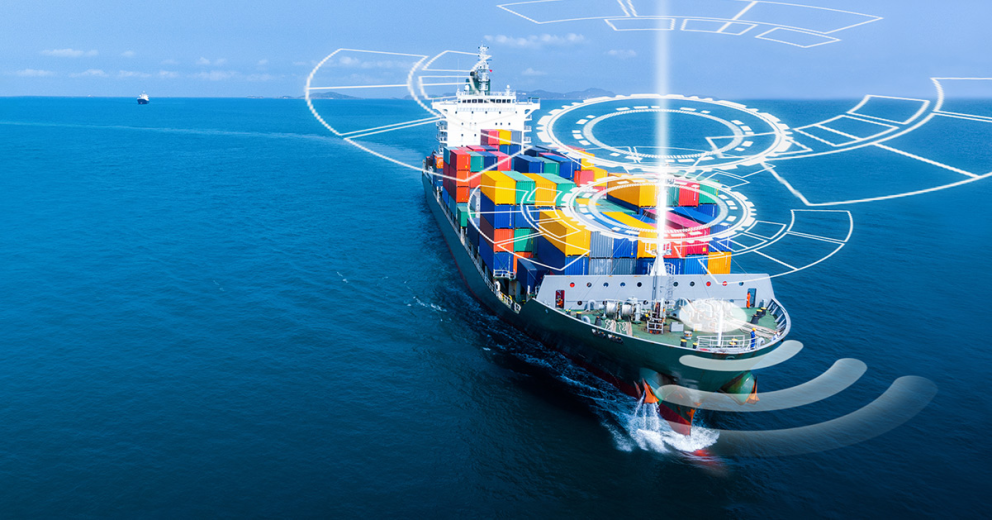Reliable connectivity is no longer a luxury—it’s a necessity. For those navigating the vast and unpredictable oceans, secure communication systems play a vital role in ensuring that vessels remain connected, operationally efficient, and safe. From enabling critical updates to providing crew members access to loved ones and emergency services, modern communication technologies are transforming maritime operations in ways previously unimaginable.
What Are Secure Communication Systems?
Secure communication systems refer to advanced networks designed to transmit data, voice, and video securely and reliably, especially in challenging or high-risk environments like maritime operations. These systems are typically satellite-based and incorporate end-to-end encryption, authentication protocols, and redundancy measures to ensure that sensitive information is protected from interception, tampering, or loss.
Unlike basic radio or traditional satellite communications, secure communication systems offer encrypted, tamper-proof solutions that guarantee confidentiality, integrity, and availability of information. Whether it’s a cruise liner, commercial shipping fleet, or an offshore rig, these systems ensure that every transmission remains protected from cyber threats.
Why Security Matters in Maritime Communication
Out at sea, ships are often isolated for days or weeks, making communication with the shore and between vessels mission-critical. Without secure communication systems, ships become vulnerable to a wide range of risks:
- Cyberattacks: Hackers can target unprotected communication systems, gaining unauthorized access to navigation systems, ship manifests, or even control functions.
- Signal Jamming: Malicious interference can disrupt satellite signals, leaving a vessel disconnected from the outside world.
- Data Breaches: Sensitive data, such as cargo details, crew information, and coordinates, can be intercepted and exploited.
Secure communication systems employ strong encryption standards, virtual private networks (VPNs), and user authentication to safeguard information and ensure communications cannot be accessed or altered by unauthorized individuals.
End-to-End Satellite Communications: How It Works
Most secure communication systems used at sea leverage satellite technology to maintain continuous connectivity regardless of geographic location. Here’s how it works:
- Uplink from Vessel: The ship’s antenna transmits signals to a satellite using a stabilized communication platform that accounts for the ship’s motion.
- Satellite Relay: The signal is transmitted via geostationary or low-earth orbit (LEO) satellites.
- Downlink to Ground Station: The satellite transmits data to a ground station, which then routes the information to its final destination (such as a data center or email server).
- Return Path: The response follows the reverse path, maintaining a closed, secure loop.
Advanced systems also offer redundancy via multiple satellite pathways, ensuring communication continuity even if one link is compromised or temporarily unavailable.
Key Benefits of Secure Communication Systems for Maritime Operations
Operational Efficiency: Secure communication systems allow vessels to share real-time data with shore-based teams, enabling smarter decision-making and better route optimization. Engineers and navigators can access diagnostic data, weather updates, and traffic information without interruption, resulting in fuel savings and fewer delays.
Crew Welfare: Being at sea for extended periods can take a toll on crew morale. Secure communication systems enable video calls, instant messaging, and access to news and entertainment—keeping crew members connected to their families and informed about world events. This leads to improved job satisfaction, retention, and mental well-being.
Safety and Emergency Response: During emergencies, every second counts. Secure communications provide direct links to emergency responders, coast guards, and support centers. Whether it’s a fire on board, a man overboard situation, or a mechanical failure, timely and secure communication can be the difference between life and death.
Compliance: Modern maritime laws and industry standards increasingly mandate the use of secure communication systems to protect vessel operations. Regulations such as the International Maritime Organization’s (IMO) cyber risk management requirements and the Safety of Life at Sea (SOLAS) convention demand robust communication frameworks.
Global Coverage You Can Count On: Why Reliability Is Non-Negotiable
One of the core advantages of top-tier secure communication systems is their truly global reach. Satellite networks—such as those used by Atlas—ensure that no matter how remote your route, connectivity remains constant and reliable. This level of assurance allows shipping companies to confidently expand operations into new territories, knowing their vessels remain in touch every mile of the journey.
With “voyage after voyage” reliability, Atlas has positioned itself as a leader in secure maritime communications. Their system is built to weather storms, traverse remote waters, and withstand high-traffic data loads—all while maintaining the highest security standards.
Secure Communication Technology Trends in 2025 and Beyond
As global trade grows and the maritime industry undergoes digital transformation, secure communication systems are evolving rapidly. Key trends include:
- Artificial Intelligence Integration: AI-driven analytics are helping vessels predict equipment failures, optimize fuel use, and enhance onboard cybersecurity.
- 5G & Satellite Hybrid Networks: Combining low-latency 5G networks with satellite communications for faster, more responsive data transfer.
- Edge Computing on Vessels: Processing data locally on the ship reduces latency and enhances decision-making, even when external links are slow or temporarily unavailable.
These technologies are helping to close the gap between shore and ship operations, ushering in a new era of intelligent maritime connectivity.
How to Choose the Right Secure Communication System for Your Fleet
Choosing the right system is about more than just bandwidth or pricing. It requires a thoughtful evaluation of multiple criteria:
- Security Features: Is end-to-end encryption included? What level of authentication is provided?
- Coverage: Does the provider offer global satellite coverage, or are there blind spots?
- Scalability: Can the system grow with your fleet or adapt to different vessel sizes?
- Customer Support: Are technical teams available 24/7 in case of outages or cyber threats?
A thorough vendor evaluation checklist ensures you’re investing in a solution that provides both performance and peace of mind.
Atlas Secure Communication Systems: Setting the Standard for Maritime Connectivity
Atlas redefines what it means to stay connected on the open seas. Their secure communication systems emphasize more than just speed—they focus on dependability, global reach, and military-grade protection. Designed to support both operational needs and crew welfare, Atlas solutions offer:
- Fully encrypted end-to-end satellite communication
- Global coverage with zero compromises on performance
- 24/7 technical support and monitoring
- Seamless integration with existing onboard infrastructure
Trusted by leading fleets across the globe, Atlas continues to set the bar high, offering communications that are as resilient as the ships they support.
Takeaway
Secure communication systems are no longer optional—they are foundational to modern maritime operations. From ensuring safety and compliance to enhancing crew morale and operational performance, these systems offer unparalleled value to fleet operators.
By embracing advanced secure communication systems, maritime businesses can navigate the world’s oceans with confidence, efficiency, and total peace of mind. Companies like Atlas are paving the way toward a more connected, secure future at sea—voyage after voyage.











